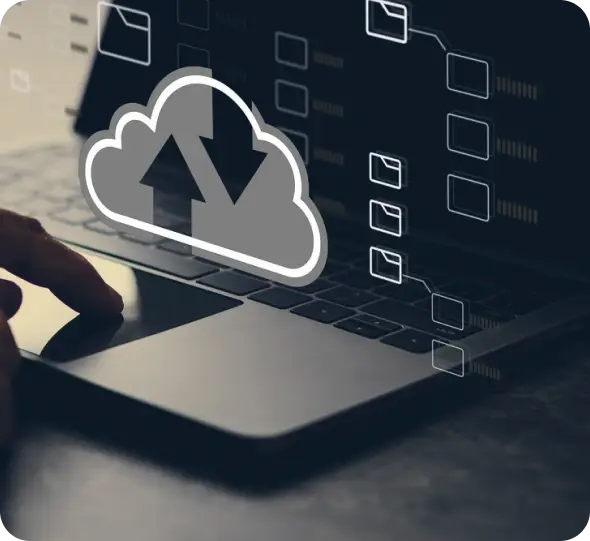SERVICES
DRIVE BACKUP


As network drives migrate to cloud storage like OneDrive or Google Drive, ensuring backup solutions follow is crucial.
RecIT ensures this continuity. Accidentally delete critical data?
RecIT guarantees a backup copy, offering peace of mind and seamless recovery, protecting against inadvertent data loss in cloud environments.
RecIT ensures this continuity. Accidentally delete critical data?
RecIT guarantees a backup copy, offering peace of mind and seamless recovery, protecting against inadvertent data loss in cloud environments.
Why mail backup?
How it works
Drive backup functions by regularly copying and storing data from a user’s local drive to a designated backup location, often a cloud-based server. This process typically involves software that automatically identifies and copies changes made to files or folders, ensuring that the backup is up to date.
Once the data is transferred to the backup location, it is often encrypted to protect it from unauthorized access. Encryption converts the data into an unreadable format, ensuring that even if it’s intercepted, it remains secure.
Many backup solutions offer scheduling options, allowing users to automate the backup process at regular intervals, such as daily or weekly. This automation reduces the need for manual intervention, ensuring that backups are performed consistently without relying on user input.
In case of data loss or corruption, users can restore their files from the backup. This restoration process involves retrieving the backed-up data and copying it back to the original location, effectively reversing the damage and restoring the files to their previous state.
Overall, drive backup provides a reliable and secure method for protecting valuable data from loss or damage. By automating the backup process and encrypting the data, it ensures that users can easily recover their files in the event of an unexpected incident, maintaining data integrity and business continuity.
Once the data is transferred to the backup location, it is often encrypted to protect it from unauthorized access. Encryption converts the data into an unreadable format, ensuring that even if it’s intercepted, it remains secure.
Many backup solutions offer scheduling options, allowing users to automate the backup process at regular intervals, such as daily or weekly. This automation reduces the need for manual intervention, ensuring that backups are performed consistently without relying on user input.
In case of data loss or corruption, users can restore their files from the backup. This restoration process involves retrieving the backed-up data and copying it back to the original location, effectively reversing the damage and restoring the files to their previous state.
Overall, drive backup provides a reliable and secure method for protecting valuable data from loss or damage. By automating the backup process and encrypting the data, it ensures that users can easily recover their files in the event of an unexpected incident, maintaining data integrity and business continuity.
